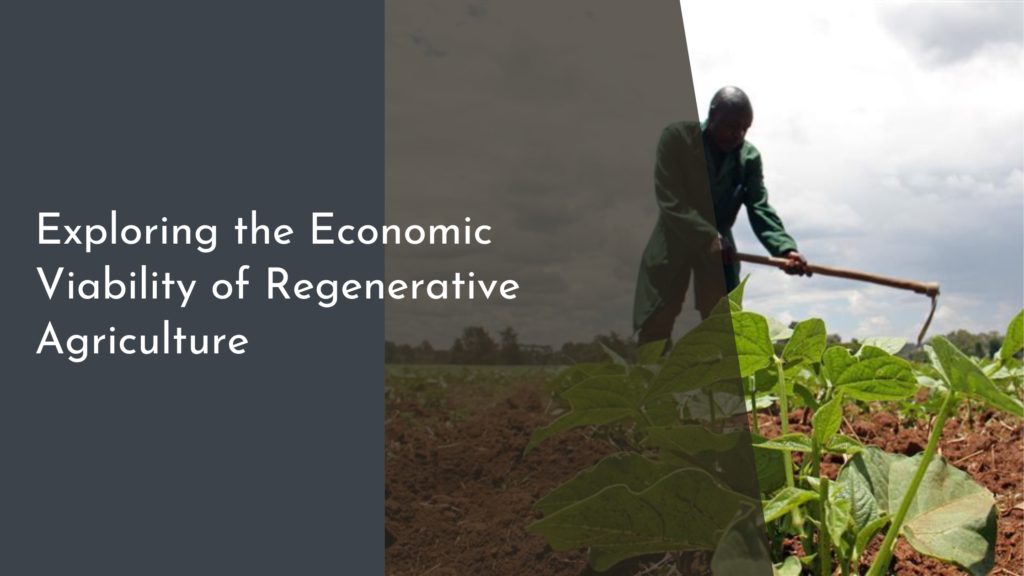Floating Wetlands: Purifying Lakes and Reservoirs Naturally
As we face increasing challenges related to water quality and ecosystem health, innovative solutions are emerging to address these pressing issues. One such solution is the use of floating wetlands, a natural and effective method for purifying lakes and reservoirs. These unique ecosystems not only enhance water quality but also contribute to the overall health of aquatic environments. In this article, we will explore the magic of floating wetlands, how they enhance lake ecosystems, their numerous benefits, and how you can get involved in protecting our precious water sources.
Discover the Magic of Floating Wetlands for Water Purification
Floating wetlands are man-made or naturally occurring structures that consist of vegetation growing on a buoyant platform. These wetlands act as a natural filter, absorbing excess nutrients, pollutants, and sediments from the water below. The roots of the plants extend into the water, where they uptake harmful substances and provide habitat for beneficial microorganisms that further purify the water. This process not only improves water clarity but also reduces the occurrence of harmful algal blooms, creating a healthier environment for aquatic life.
The magic of floating wetlands lies in their ability to mimic the functions of traditional wetlands while utilizing otherwise unused space on lakes and reservoirs. They can be customized to suit different environments and can be deployed in urban areas, rural settings, or even on industrial sites. As they float on the water’s surface, these wetlands provide a unique opportunity to harness nature’s power for water purification without the need for expensive technology or chemicals.
How Floating Wetlands Enhance Lake Ecosystems Naturally
Floating wetlands contribute significantly to the overall health of lake ecosystems by providing critical habitat for various species of fish, birds, and other wildlife. The vegetation on these wetlands serves as a refuge for fish and invertebrates, offering shelter from predators and a place for spawning. Additionally, the presence of floating wetlands can attract birds, creating a vibrant ecosystem that supports biodiversity and enhances the natural beauty of lakes and reservoirs.
Moreover, floating wetlands play a crucial role in stabilizing shorelines and preventing erosion. The roots of the plants help to anchor sediment in place, reducing the impact of waves and currents that can lead to shoreline degradation. By promoting a balanced ecosystem, floating wetlands not only improve water quality but also create a more resilient environment that can withstand the effects of climate change and human activity.
The Benefits of Using Nature to Clean Our Water Sources
Utilizing floating wetlands for water purification offers a plethora of benefits, both ecological and economic. One of the most significant advantages is the cost-effectiveness of this natural solution. Unlike traditional water treatment methods that require extensive infrastructure and ongoing maintenance, floating wetlands can be established with relatively low investment and minimal upkeep. This makes them an attractive option for municipalities and organizations looking to improve water quality without straining their budgets.
In addition to their economic advantages, floating wetlands also contribute to the aesthetic appeal of lakes and reservoirs. These lush, green islands create picturesque landscapes that can enhance recreational opportunities and increase property values in surrounding areas. Furthermore, as public awareness of environmental issues grows, the presence of floating wetlands can serve as a powerful symbol of community commitment to sustainability and ecological stewardship.
Join the Movement: Protecting Lakes with Floating Wetlands!
As the importance of clean water becomes increasingly evident, the movement to protect our lakes and reservoirs through floating wetlands is gaining momentum. Community groups, environmental organizations, and local governments are coming together to advocate for the implementation of these natural solutions. By participating in workshops, volunteering for planting events, or supporting local initiatives, you can play an active role in the restoration and protection of our water sources.
In addition to direct involvement, raising awareness about the benefits of floating wetlands is crucial. Sharing information with friends, family, and your community can help inspire others to consider sustainable practices that support water quality. Together, we can create a future where our lakes and reservoirs thrive, ensuring clean water for generations to come. Join the movement today and be part of the solution!
Floating wetlands are a remarkable example of how nature can help us address the challenges of water purification and ecosystem health. By enhancing lake ecosystems, providing numerous benefits, and inviting community involvement, these floating gardens offer a cheerful and hopeful approach to protecting our precious water resources. Let’s embrace the magic of floating wetlands and work together to ensure a cleaner, healthier future for our lakes and reservoirs!

